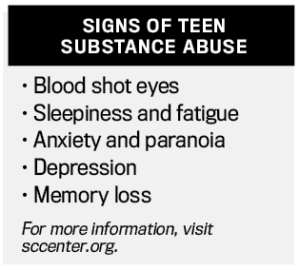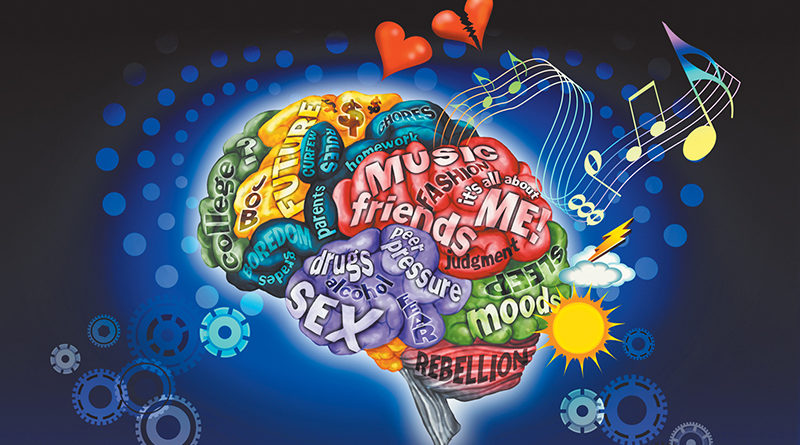Teen Brains, Self-Harm, and Substance Abuse
The audience began to murmur during a presentation on the teenage brain when a slide popped up showing numbers no parent wants to face.
By eighth-grade, 15 percent of students have used marijuana; 15.5 percent have smoked cigarettes; and 7.6 percent have abused the prescription drug Adderall.
Jennifer Huynh, program director for Teens Can Survive and Suicide and Crisis Center in North Texas, and Melinda Dunbar, a licensed professional counselor, used those and other statistics to underline their point: Forms of self-harm come to the forefront when a child hits the early teenage years.
They spoke at Saint Michael and All Angels Episcopal Church during a recent luncheon presented by CARE Dallas, a nonprofit working to address challenges associated with alcohol and drug abuse.
Huynh and Dunbar discussed research on the brain of the adolescent – a time in a person’s life when emotions are in “overdrive.”
This intense period of brain activity can often lead to suicidal thoughts and periods of self-harm through mutilation and drug and alcohol abuse, they said.

In a person’s teenage years, Huynh said, there is a “gap” between the maturity levels of two parts of the brain – the limbic system and the prefrontal cortex. The limbic system drives emotion, while the prefrontal cortex governs impulse and judgment.
The prefrontal cortex “may not even be fully mature until a person is 25,” Huynh said. “During this time, teens may exhibit self-destructive behaviors due to handling difficult emotions, boredom, loneliness, and ways to counteract stress.”
It’s possible for a child to start showing these signs as early as 11, so parents should start keeping an eye out for self-harm, she said.
Reasons for self-harm, especially in adolescents include looking for ways to control, regulate, and release emotions, as well as to create a distraction.
“Our tip for parents is to address the issue and use your concern in a constructive and understanding way,” Huynh said. “It’s important to validate your child’s feelings and struggles and to develop and cultivate a relationship with your child.”
Detecting the problem of self-harm early can make a huge difference, she said. Physical markings, frequent bandages, inappropriate dressing, and mentioning friends or acquaintances that self-harm are “red flags,” and parents should start with open lines of communication with their teenager.
“It’s important to understand your teenager’s world and their perspective,” Huynh said.
The duo also spoke extensively on drug and alcohol use – two forms of self-harm that many people don’t classify as such, they said.
In 2016, the Texas Department of State Health Services conducted a survey and found that alcohol remains the most commonly used substances among Texas students, while marijuana remains the most widely used illicit drug among youth in the state. Huynh said that nearly 50 percent of high school seniors have abused a drug of some kind, and more than 70 percent have abused alcohol.
“It’s just as important to educate your children on alcohol and drugs as it is [to educate them] on mental health,” she said.









